The Monk's Way - Beauvale
Priory
This page
was added to the site on 07 March 2004
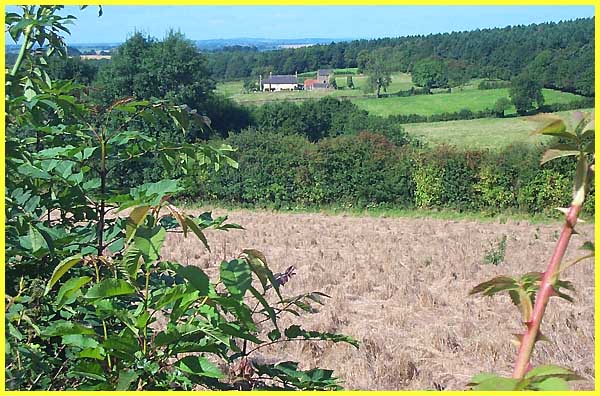
Journeying northwards today from Lenton Abbey along
a route almost parallel to the M1 motorway, it is quite likely
that we are treading in the footsteps of thirteenth century travellers.
Some of those travellers would have been monks on their way to
and from an establishment in the parish of Greasley in a "beautiful
valley" - Beauvale Priory.
|
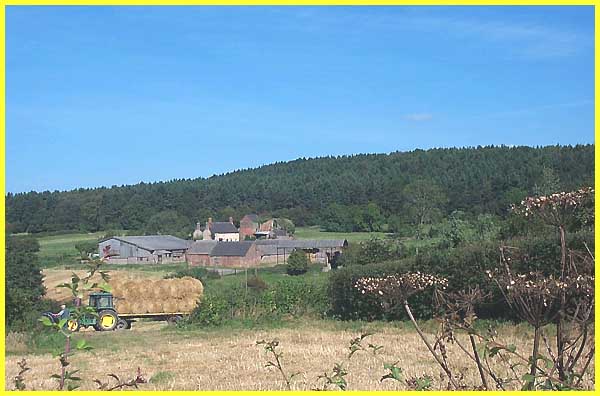
For this they would owe a debt of thanks to Nicholas
de Cantelupe who founded the monastery in his park at Greasley
or Gryselye as it was than known. At the start of the Hundred
Years's War, Nicholas (a soldier friend of King Edward III) and
his men were engaged in a battle against the French. Despite
his ventures on the continent he spared time to found the monastery
to the Carthusian order in 1343, that's just three years before
the Battle of Cressy. For some two hundred years, a prior and
a dozen monks (rising on at least one occasion to nineteen) prospered
by farming and, according to one source of information, digging
coal. Coal mining in the area only ceased in the latter part
of the twentieth century and farming continues to this day.
|
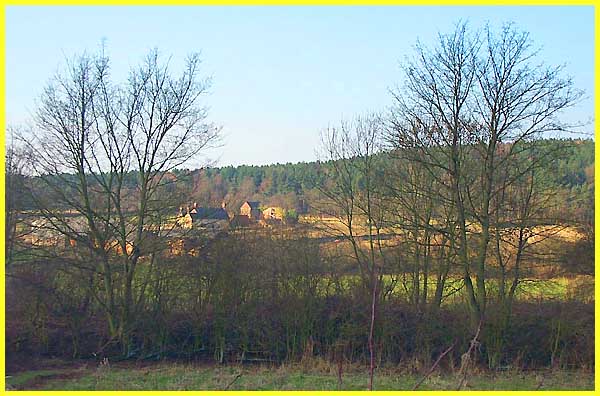
Beauvale Priory was the last to be founded in England
and the first to suffer at the Dissolution of Monasteries under
King Henry VIII. The buildings fell into disrepair and the remains
are now incorporated into the buildings of Beauvale Abbey Farm.
The ravages of time and coal mining beneath the area have had
an obvious detrimental effect on the ruins. Right in the centre
of this picture, from a position a little further down the lane,
it is possible to make out timbers supporting the original walls.
It is at times like this that I could do with a better zoom facility
on my camera as the Priory now stands on private land and this
is as close as it is possible to get without trespassing.
|
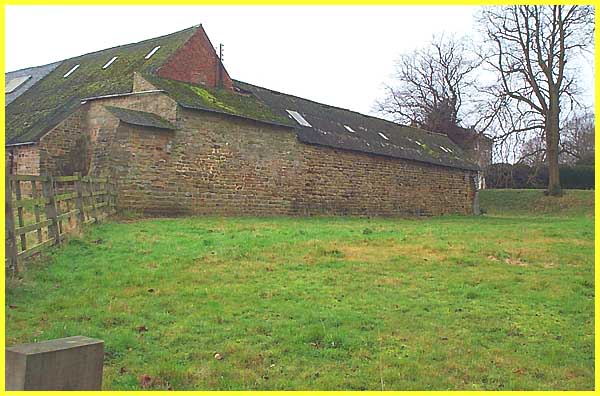
Nicholas de Cantelupe's manor house was about a mile
away from the Priory and stood close to the Church of St Mary
(in the background of this image). He fortified the house and
it became known as Greasley Castle. This is far more accessible
than the Priory and, if you know where to look, you can still
see the remains of the fourteenth century building as they have
once again been incorporated into farm buildings still in use
today.
|
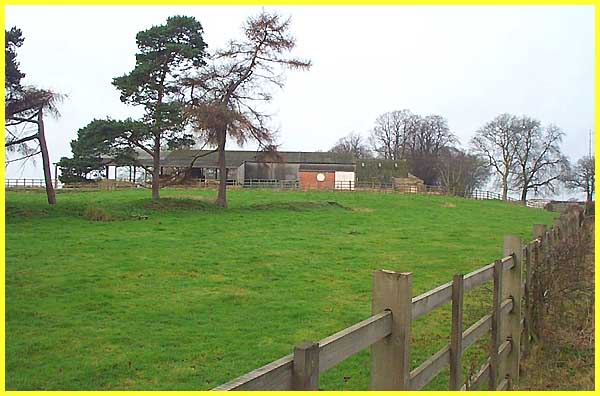
Not much to look at in this day and age but the humps
and hollows in the adjacent field are the remains of the moat
at Greasley Castle. Elsewhere in the village, many of the buildings
have stones in their walls that came from the Priory. Nicholas
owned lands in both Nottinghamshire and Derbyshire and today
his name is remembered in several areas such as Cantelupe Road
and the Cantelupe Centre, both in Ilkeston. He was in fact Lord
of Ilkeston even though his residence shown here at Greasley
Castle was in the neighbouring county. Until the closure of Ilkeston's
amalgamated Hallcroft, Gladstone and Cavendish Schools, they
too went by the name of Cantelupe.
|
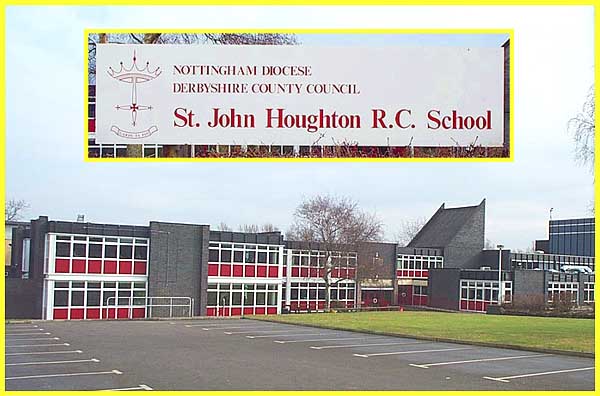
Another link between Beauvale Priory and Ilkeston
is the name John Houghton. Houghton was born in Essex in 1487
and joined the Carthusian order some twenty eight years later
in the Charterhouse of London where he stayed for eight years.
He then became Prior of Beauvale but only remained in Nottinghamshire
for six months being recalled to become Prior of Charterhouse
following the death of his predecessor. To cut a long story short,
this was the time of Henry VIII and after refusing to swear the
Oath of Supremacy he, along with the Priors of Beauvale and Eppeworth
who were visiting at the time, became one of the first English
Catholic Martyrs. Hung, drawn and quartered his name, now beatified,
is remembered in the Roman Catholic School that opened on Abbot
Road at Kirk Hallam in 1965. If you would like a more detailed
account of John Houghton or Beauvale Priory and Greasley Castle
the Nottinghamshire History and Archaeology web site is an excellent
place to start. Try these pages -
Beauvale Priory - Greasley Castle.
I would also like to thank the staff at Ilkeston Library for
there help in providing access to archived material during the
research for this page.
|